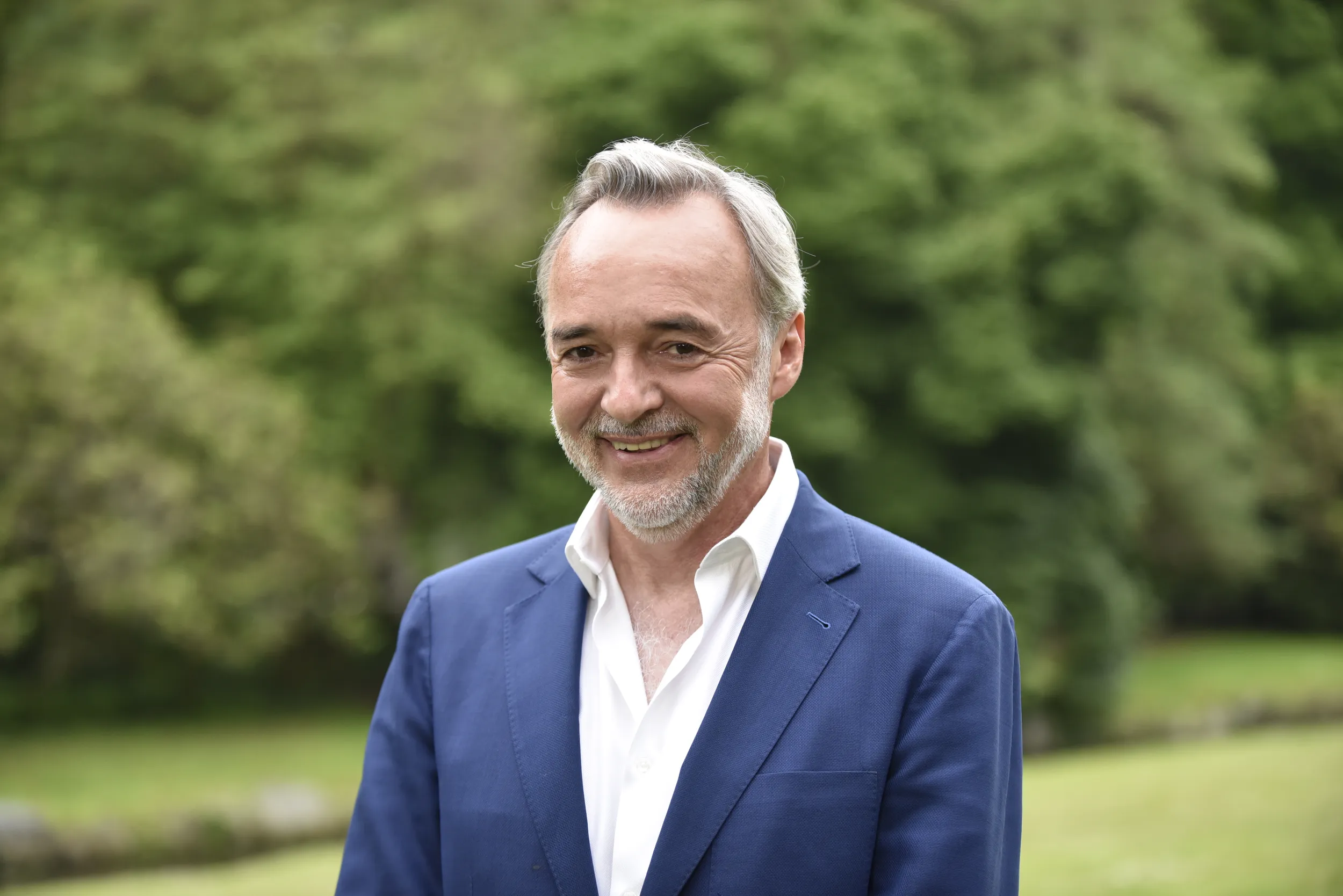APPRAISER: When you came to our table and you said, "I have a collection of Wedgwood Fairyland Lustre," we thought maybe we'd see three or four, five pieces. But as I understand it, you brought 15 pieces.
GUEST: Actually, 17.
APPRAISER: 17 pieces. And we couldn't get them all on the table.
GUEST: Correct.
APPRAISER: But what we've done is put together a selection of what we think are some of the more interesting pieces that represent the whole variety of Wedgwood Fairyland Lustre.
GUEST: Right.
APPRAISER: And how did you come across this collection?
GUEST: The Wedgwood was given to us by my husband's grandmother. Before she passed away, she told her two grandsons that they could have a collection of hers. She collected glass, pottery, just all sorts of different glasses, and my husband picked this, and so it's been with us ever since.
APPRAISER: This is a fabulous collection. And when she put it together, she clearly had a good eye, as we say. If she bought it in, let's say, the 1960s, or even the '70s, she was able to buy it at really a fraction of the value that it has today. Wedgwood, you know, is a famous name in the history of English ceramics, and there's 250 years of Wedgwood production.
GUEST: Correct.
APPRAISER: But Fairyland Lustre ware is among the most valuable of all Wedgwood from any period. It was all designed by a remarkable lady by the name of Daisy Makeig-Jones. She was very enterprising. She approached Wedgwood herself and said, "I want to work for you," in 1909. And she was employed as a young lady, became a paintress, and, ultimately, a decorator. And she was ultimately allowed to introduce her own line, which very few people did. And in 1915, she launched this line, Fairyland Lustre. And it was hugely successful for Wedgwood, especially after the First World War, when the British and many Europeans were kind of looking for something to escape from the horrors of the war.
GUEST: Right.
APPRAISER: And this is real escapist stuff. The pieces are covered with images of goblins and fairies.
GUEST: Right.
APPRAISER: Set in fantastic landscape. We can see these wonderful poplar trees, which are a feature in the background of many of the Fairyland Lustre pieces. And then if we turn it up, you can see... beautifully painted fairies and imps and goblins that decorate the inside. The quality of this ware varies a little over the period of manufacture, from 1915 until 1931, when they made their last piece-- when Daisy was fired, actually, by Wedgwood.
GUEST: Wow.
APPRAISER: She kind of got a bit out of hand. But the surviving pieces today, and they are kind of fragile-- they do get broken, and sometimes they're repaired, so you have to look very carefully. But the surviving pieces today are really very valuable. I discussed with my colleagues and we went back and forth on what we felt this table worth would be for all of the pieces, with this one being the most valuable. If it came to auction, the low estimate would be about $25,000. And the high estimate would probably be $35,000.
GUEST: Oh, my goodness.
APPRAISER: Yeah.
GUEST: We, we thought they were worth, like, maybe $500, $1,000 a piece. I'm going to cry.
APPRAISER: Well, some of the little pieces are worth $500 to $1,000 a piece. The more complicated pieces, like the bowl, my colleague said up to $10,000. I think $7,000 to $9,000.
GUEST: I guess we'll display it now, take it out of the box. (laughs) My husband is going to die when I call him on the way home. (laughing) He's going to freak out.








